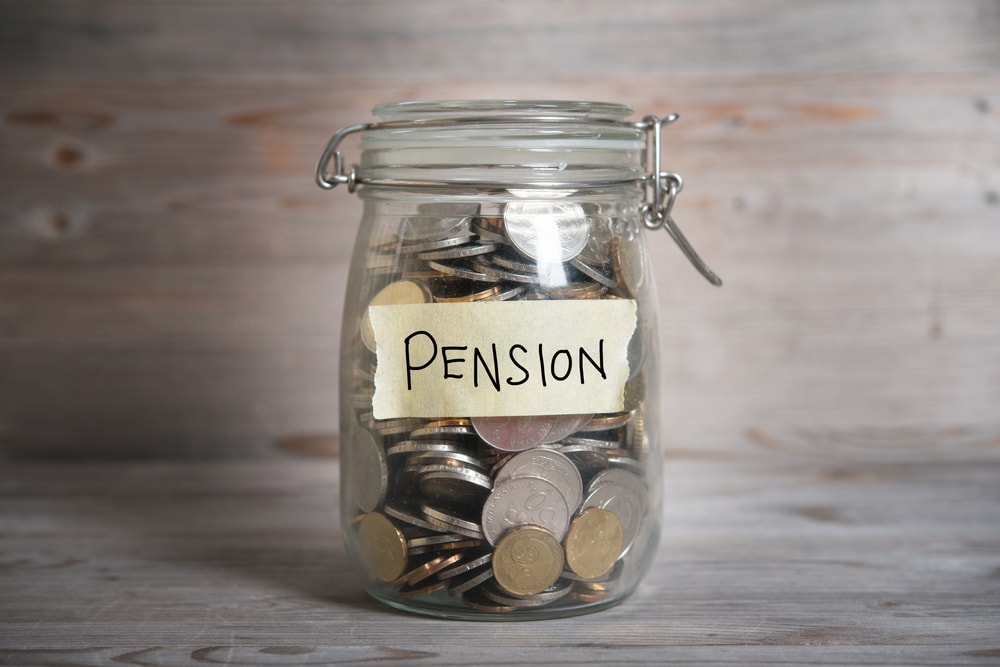While defined contribution (DC) savers saw strong income growth between 2019 and 2025, the oldest cohort is projected to fare the worst in retirement, Aon’s UK DC pension tracker has revealed.
The recent tracker update looked at how the original sample members would have performed if they hadn't been adjusted or 'rebalanced' each year and what would happen if they were allowed to 'age' naturally over a six-year period.
The analysis showed that by 31 December 2024, the tracker would be approximately 12.6 points higher than it was at the beginning of 2019.
Aon found that individuals are expected to enjoy a higher quality of life during retirement now compared to 2019, due to "strong" benchmark asset returns over the years, which accumulate year after year unless there is a reset for the members.
In addition to this, Aon identified two notable drops in expected retirement outcomes for savers, both triggered by the release of new Pensions and Lifetime Savings Association (PLSA) Retirement Living Standards (RLS).
These declines followed a period of “steep” improvements in expected retirement incomes, reflecting the time it takes for the impact of a prolonged high inflationary environment to be fully incorporated in the RLS, which has resulted in a “bumpy ride” for its DC savers.
Aon partner and head of UK retirement policy, Matthew Arends, noted that with the introduction of pension dashboards, pension savings will be more visible than ever before but warned that many DC savers will need education and support to make the most of this.
“As the tracker shows, inflation will substantially affect a saver’s standard of living even as their fund has grown in value - and they may think they are better off ‘on paper’ when the reality is different,” he continued.
“When looked at in isolation, the last six years have shown that while overall progress was not derailed, there have been significant rises and falls in expected retirement outcomes. For DC savers, navigating these shocks has become the new normal.”
From a financial perspective, all members experienced a "significant" annual increase in expected retirement income, ranging from £6,250 to £18,350.
This growth was driven by a combination of increased income from expected pensions savings, together with increases in the state pension, which increased by £3,000 or 35 per cent since 2019.
The youngest savers, who will retire in 32 years from the end of the period, saw their expected income rise by roughly £8,500 annually, but changes in the RLS reduced their tracker score from 22.5 to 21.7.
This meant that their projected income would not secure the previously anticipated standard of living in retirement.
Their expected income of £39,300 per annum would have provided them a comfortable living standard (under the original PLSA figures), but changes to the RLS now leave them almost £4,000 per annum (or around £75 per week) from a comfortable RLS.
“Rather than having the confidence to invest for the future and benefit from compounding investment returns over the long term, younger savers especially may be put off contributing if they see their pots fall in value,” Arends said.
Meanwhile, the 40-year-old savers saw an increase of around £16,000 per annum (50 per cent) in their expected retirement income.
The 50-year-old saver was the biggest winner in both money and percentage terms, with around £18,000 per annum (or 61 per cent) in their expected retirement income, as they had the highest starting fund value to benefit from the high actual returns.
The tracker score increased by around five points for the 40-year-old saver and by eight points for the 50-year-old saver, with both are expecting to receive income in excess of the ‘comfortable’ RLS.
The oldest savers saw an increase of around £6,000 per annum (around 38 per cent) to £22,800 and benefited from an increase to expected return assumptions post-retirement, together with “strong” investment performance over the period and the significant increases to the state pension.
While market conditions and favourable assumptions have contributed to this, the largest impact was due to increases in the state pension.
This saver is set to retire at age 66, unlike some other savers who must wait until 67 or 68 to receive their state pension.
However, there was only a minimal increase in their tracker score because of the increase in the RLS and therefore is the oldest saver is expected to be the worst off in retirement.
Arends explained that the predictability of retirement outcomes is an “unsolved problem” that the pension industry needs to address over the coming years, or savers, particularly younger ones, may conclude that it's preferable to opt out of pension saving.
“Navigating market volatility doesn’t just apply to DC savers in the run-up to retiring, as the impacts will also be felt throughout the years for DC savers opting to remain invested through retirement and draw income retirement as needed,” he continued.
“With more options than ever around how members access their DC funds at and through retirement, the majority of pension savers will need support to ensure they are making the right decisions for their own circumstances when they come to retire.”
At the end of the six-year projection period, Aon’s oldest pension saver has just reached state pension age and is assumed to retire.
The tracker assumes that its savers will remain invested and take their funds through income drawdown in retirement, however, they could take their full pot value as a single lump sum or use it to purchase an annuity.
The cost of purchasing an annuity has fallen drastically since 2019, which could lead to more DC savers opting for the stable income in retirement that an annuity could offer.
Latest News
-
TPR to explore barriers to private market and infrastructure investments
-
Private market push gains traction in DC defaults despite hurdles
-
Pensions policy reforms central to unlocking £220bn ‘investment prize’
-
Actuaries ramp up pension climate work as tail risks become ‘expected outcomes’
-
Deadline to enter inaugural Nederlandse Pensioen Awards extended
-
44% of UK adults unaware what pension tax relief is
Private markets – a growing presence within UK DC
Laura Blows discusses the role of private market investment within DC schemes with Aviva Director of Investments, Maiyuresh Rajah
The DB pension landscape
Pensions Age speaks to BlackRock managing director and head of its DB relationship management team, Andrew Reid, about the DB pensions landscape
Podcast: From pension pot to flexible income for life

Podcast: Who matters most in pensions?

In the latest Pensions Age podcast, Francesca Fabrizi speaks to Capita Pension Solutions global practice leader & chief revenue officer, Stuart Heatley, about who matters most in pensions and how to best meet their needs
© 2019 Perspective Publishing Privacy & Cookies










Recent Stories